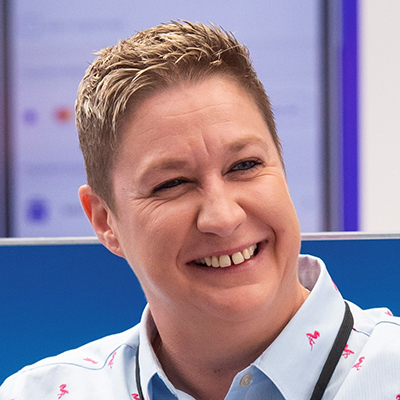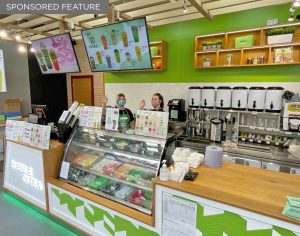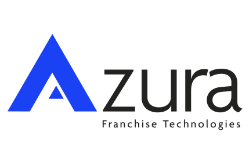Franchising is one of the most robust and lucrative business models in the world, giving ordinary people an opportunity to get into business for themselves but not by themselves. And today we’re seeing the presence of more and more international franchises in the UK.
In fact, according to the bfa Natwest Franchise Survey 2015, 20% of UK franchisors are master franchisees while 38% of our home-grown franchisors now franchise outside of the UK. And of the businesses that haven’t yet franchised internationally, one in nine would consider it in the future. That appetite to expand globally isn’t just seen in UK but in the US, Europe and all over the world. A global presence holds an even bigger prestige and is a great way to keep the thirst to succeed alive.
Some of the most well-known worldwide brands are franchises and even companies that don’t use it as a model in their home countries sometimes find that it’s a great way to grow internationally. In the UK, there are several instantly recognisable high-street businesses like Marks & Spencer and Debenhams that have used franchising as their preferred overseas expansion method, despite not doing it at home. If done correctly, international franchising can help you expand your global footprint and increase your brand value. Because you’ll be relying on local knowledge and contacts, as well as someone else’s capital, it’s often a much faster and resource-efficient way to build a presence around the globe.
International development isn’t easy, however. It requires a huge amount of thought, planning and strategy to do it well. The most common routes for international franchisors to take are master franchising and area development agreements. The former grants a local party the right to open owned and sub-franchised units in a defined territory. The latter gives the other party rights to open owned units in a single, specified region. Other options include direct franchising, where the individual franchisee interacts directly with the franchisor, and joint venture agreements, where a business entity is created by two or more parties.
There’s a huge amount of variety when you look at international franchises in the UK. Master franchising is widely used, with care companies such as Home Instead and Right at Home thriving under such an arrangement. At the same time, Australian brands like Cafe2U and Granite Transformations have seen their UK networks grow under master franchisees. On the other hand, Tutor Doctor has developed a strong network through direct franchising and The Dwyer Group has taken its brands into the UK and Europe via a mixture of direct and master franchising.
Whatever your route, businesses with a global outlook are waking up to the benefits the franchising model brings.

Pip Wilkins
Chief Executive, British Franchise Association
With more than 20 years’ experience in the franchise sector, Pip has extensive knowledge from all areas of the bfa business and the franchise industry. She is well-known and highly regarded in franchising for her dedication and depth of knowledge.
Pip regularly speaks at conferences and seminars both domestically and internationally, as well as writing on franchising matters for national, local and franchising trade press. Pip is also a regular judge for the annual bfa HSBC Franchise Awards, the Franchise Marketing Awards and Global Franchise Awards. Pip represents the UK at both the European Franchise Federation (EFF) and World Franchise Council (WFC). The bfa has grown to be one of the largest franchise associations in Europe, and one of the most successful associations in the world.

Pip Wilkins
Chief Executive, British Franchise Association
With more than 20 years’ experience in the franchise sector, Pip has extensive knowledge from all areas of the bfa business and the franchise industry. She is well-known and highly regarded in franchising for her dedication and depth of knowledge.
Pip regularly speaks at conferences and seminars both domestically and internationally, as well as writing on franchising matters for national, local and franchising trade press. Pip is also a regular judge for the annual bfa HSBC Franchise Awards, the Franchise Marketing Awards and Global Franchise Awards. Pip represents the UK at both the European Franchise Federation (EFF) and World Franchise Council (WFC). The bfa has grown to be one of the largest franchise associations in Europe, and one of the most successful associations in the world.


































